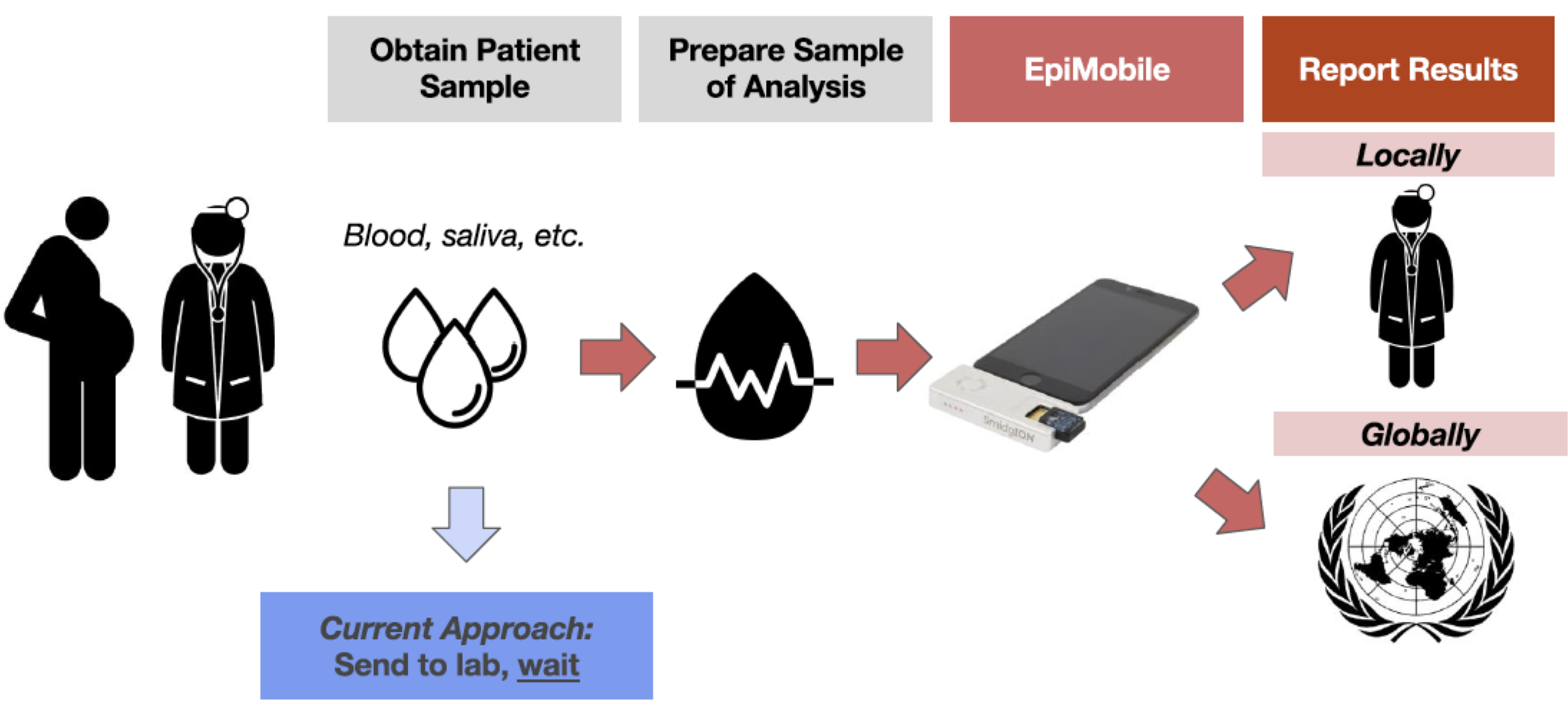Projects
At the moment, I am not looking for job opportunities but I am always interested in interesting projects! Here is my resume and below is a selected list of projects I worked on in the past.
CrimeVis: Visualizing Vancouver Crime
This project is by Alexandra Kim and Amon Ge for the UBC CPSC 547 class, Information Visualization, by Tamara Munzner.

Abstract: Discovering and analyzing patterns in crime data is an important but nontrivial task. In this work, we present two methods of processing the data and visualizing it to the end user to allow for a faster pattern discovery. We utilize isotype plots for a comparative analysis of crime volumes per each neighbourhood of the city of Vancouver, as well as a grid map showing percentage change of the crime rates over time per each grid cell.
Please see our paper for more information. The visualization can be accessed here.
Forming Competitive Teams in Video Games
This project is by Patrick Boutet, Sarah Elhammadi and Alexandra Kim for the UBC CPSC 534L class, Social and Information Networks, by Laks V.S. Lakshmanan.
Abstract: Creating competing teams in online multiplayer games is called matchmaking. The goal of a matchmaking system is to form teams from a pool of players and match the teams against each other, such that the chances of winning the game are roughly the same for two opposing teams. Current matchmaking systems mainly consider players' ranks, and while they do form balanced teams from the rank point of view, the team formation might not always be fair if one of the teams has a more complete group skill set, compared to the other team. In this paper, we are making an attempt to improve over the existing matchmaking systems by taking into account both ranks of the players as well as their experiences in the game. We show that the described problem of forming teams is NP-hard and present a greedy algorithm as one of the possible solutions. We also evaluate our findings using open data provided by the Riot Games API that contains statistics on players and their matches in the online multiplayer game League of Legends (LoL).
More details about this project can be found in our project paper.
Dreaming in Music: Deep Learning on Spectrograms
This project is by Itrat Akhter, Candice Tian and Alexandra Kim for the UBC CPSC 532L class, Multimodal Learning with Vision, Language and Sound, by Leonid Sigal.
Abstract: The goal of this work is to test whether or not spectrograms are a reasonable way to visually represent music as image input to feed to deep learning networks. We implemented music classification on songs' spectrograms using a CNN and then utilized the trained network to modify spectrograms, similar to the Google's deep dream method. We have also attempted to change the spectrograms through neural style transfer and CycleGAN. In all modification methods, the spectrograms were converted back to audio and assessed qualitatively. While classification achieves a good accuracy, music modification may require tuning and post-processing but does produce promising sound tracks.
For more details, see our project paper and the demo.
EpiMobile: Pathogen Point of Care Diagnosis and Global Surveillance using Mobile Devices

This project is by Rodrigo Araújo, Anamaria Crisan and Alexandra Kim for the UBC CPSC 538W class, Data at Scale, by Andrew Warfield.
Abstract: Rapid identification of disease causing infectious agents (pathogens) in patient samples is important to mount effective responses to potential, or ongoing, disease outbreaks. New advances in genomic sequencing technologies are enabling more effective point-of-care diagnosis - where patient samples can be analyzed for the detection of pathogen DNA. However, it has yet to be understood how these technologies can be applied in the field and under resource constraints that hinder cloud access for computation. Here we present EpiMobile, a conceptual model and minimal viable product (MVP) implementation of a genomics point-of-care workflow using mobile devices. EpiMobile enables analyses of genomic data harvested by a portable genome sequencer and the distribution of analysis results to local clinical or healthcare teams as well as national, or global, public health agencies, whilst considering computational processing and Internet connectivity resource constraints. Our evaluation of EpiMobile indicates that it has a minimal resource consumption footprint and is accurate when run of a dataset with known outcomes. However, we emphasize that the conceptual and exploratory nature of our work affects to what extent our results would map to real world settings. We discuss the utility of EpiMobile through a set of usage scenarios currently supported by our MVP implementation. We believe that our work provides an interesting overview of an exciting and emerging healthcare application context as well as proposing an interesting implementation of genomics point-of-care.
For more details about the project, please see our project paper.